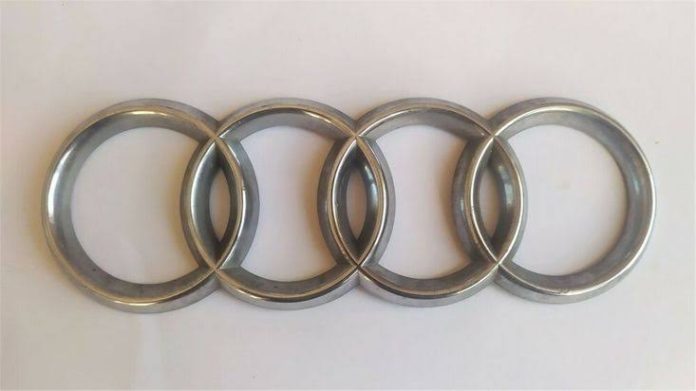The iconic Audi logo with its four interlocked rings has a fascinating history. These rings represent four distinct automakers that joined forces in 1932 to create what was known as the Auto Union.
The oldest of these companies, Horch, was established in 1899 by German engineer August Horch. Interestingly, “Horch” sounds similar to the German word for “listen.”
Shortly after founding Horch, Mr. Horch left the company and founded Audi, which translates from Latin as “listen.” This connection explains the rings in both logos.
The other two companies involved in the merger were Wanderer, founded in 1911, and DKW, which originally specialized in steam engines before venturing into automobile manufacturing in 1928.
However, the transition from Auto Union to Audi was more intricate. After World War II, Auto Union produced a range of vehicles, including cars, motorcycles, and vans.
Yet, it faced financial and labor challenges in the mid-1950s. In 1958, Daimler-Benz acquired Auto Union, but the company continued to struggle financially. Ultimately, Volkswagen purchased it in 1964.
After VW’s takeover, Auto Union began selling cars under the Audi name. In 1969, the company acquired another carmaker, NSU, and adopted the name Audi NSU Auto Union AG. This rather unwieldy title was eventually shortened to Audi AG in 1985.
The legacy of the four rings endures, representing not only Audi’s history but the amalgamation of four pioneering automotive manufacturers.
One can’t help but wonder how things might have been different if one of the other brands had taken the lead instead of Audi.


